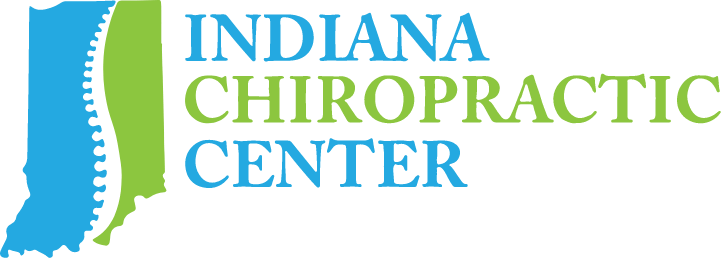Most of the time, when people think of being stressed, it’s one form – emotional stress. The reality of stress, though, is that it’s three-fold: emotional, chemical, and physical. And even though we feel like it’s an emotional stress overload, all three forms of stress hurt us in similar ways. For those of you science-inclined, Dr. Hans Selye described this in the 1930s as the “general adaptation syndrome” to stress – that is, regardless of how the stress is put into the body, the body will adapt in the exact same way.

Stress comes in many different forms and can add up if not handled right.
The body is designed to handle some stress. It’s strong, it’s adaptable, and it’s capable of handling our environment. But eventually, our bodies have limitations and that’s where we start to have health issues that can range from illness and disease to things that I see in the office like neck and back pain.
The easiest way to imagine this is with an electrical outlet with several different plug-ins. If you plug one device into a plug-in, that’s fine. Then another, probably alright. But if you plug in another, then another, then another, at a certain point you HAVE TO break a circuit. If we have one stressor in our life, that’s fine. But many sources of emotional stress, chemical stress, and/or physical stress leads into our bodies being unable to adapt and we “break a circuit” within our health.
So, if you are feeling emotionally stressed, while you can definitely take a look at what emotional triggers can be changed, you may also want to consider what your diet and other chemical intakes are; you may also want to take a look at how you’re moving your body. Similarly, if you have physical pains that chiropractic often helps, while we do want to address the physical side of things, you may also want to consider your diet and chemical stressors, and we do want to see if emotional stressors are causing the muscles in the area to be tense and tight.
– Dr. Scott
